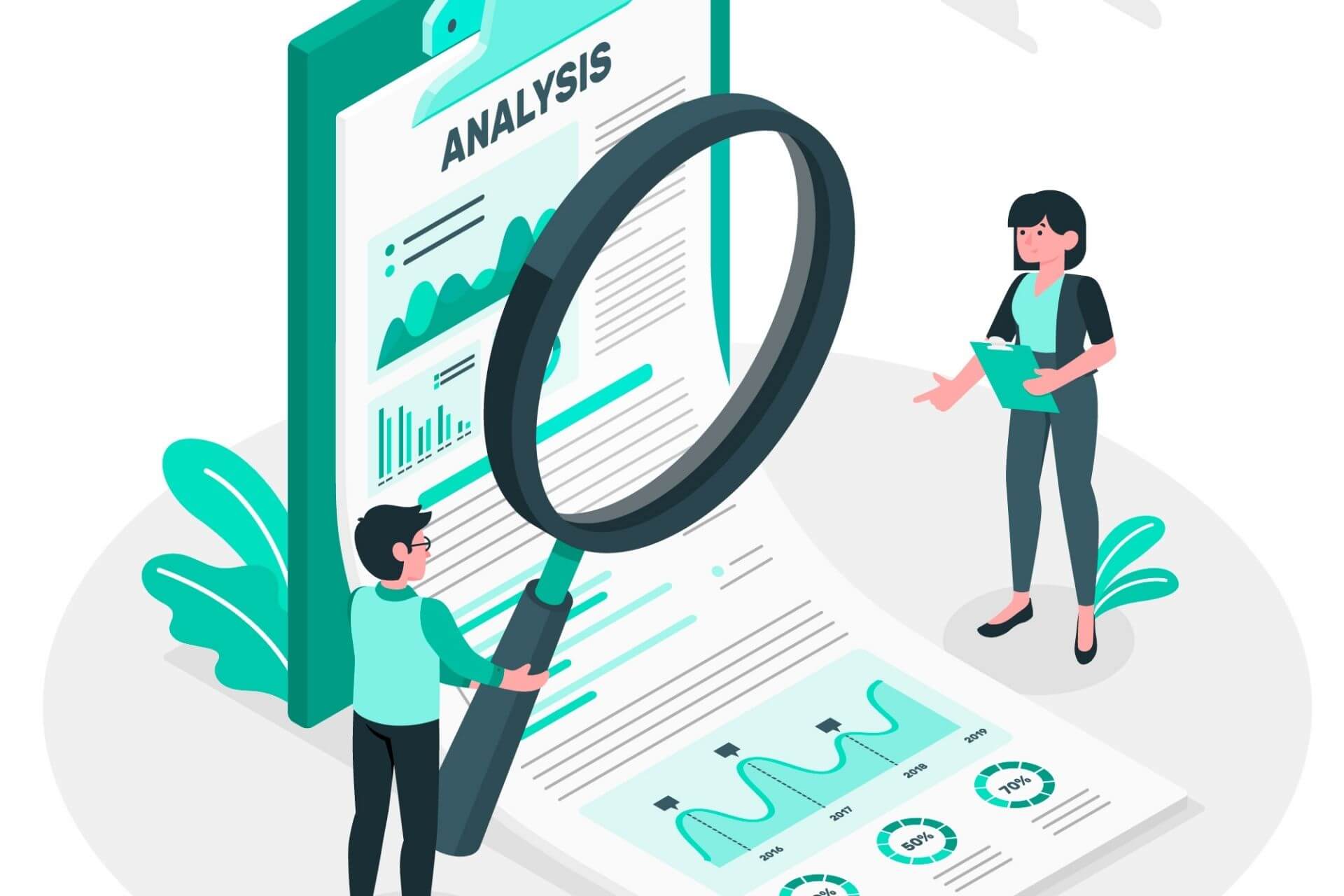[ad_1]

Of course not, but it can help make their work more enjoyable. Here’s how.
These days, it seems that every vendor with a trading or risk platform has already introduced AI to enhance their offerings or plans to do so. But can AI actually offer a more robust approach to trading and risk, and if so, how?
Why do large language models need fine tuning?
Over the year and a half since ChatGPT took the world by storm, one thing has become clear—large language models (LLMs) are much less impressive at carrying out tasks that require specialized jargon or deep insight into complex concepts. And this is hardly a surprise.
Language models learn primarily from the information available on the Internet, where texts about complex trading and risk management are relatively infrequent. As a result, knowledge of financial markets is not well represented in AI training datasets. This makes out-of-the-box LLMs less effective for financial applications.
On the other hand, it is quite astonishing just how widespread the use of natural language documents is in capital markets today. These documents include trade confirmations, term sheets, offering memorandums, regulatory guidelines, and many others. Quantitative modeling also produces its share of natural language documents as part of the model governance process.
In the absence of an industry standard format, the style and structure of these documents vary widely from one firm to the next, and sometimes even between departments of the same firm. Business processes involving natural language text have largely resisted automation and must be performed manually by large teams of highly qualified experts.
In early 2023, we allocated a significant share of our R&D budget toward AI for capital markets, allowing our R&D team to develop novel prompt engineering and fine-tuning techniques to maximize LLM performance for finance. These innovations are what helps CompatibL AI to achieve a higher level of accuracy and competence on financial applications than the out-of-the-box LLMs used by other vendors.
Our research was presented at three major conferences last fall, and some of our models have been released as open-source software to benefit the entire community.
Why is CompatibL adopting LLMs?
We found that LLMs can accelerate project completion tremendously. Instead of a project taking, say, six months, results can be achieved in only a month. LLMs also make the job of quants more enjoyable, because instead of having to read many hundreds of pages of documents and mark them up, they are now working with a co-pilot that scans and flags the text for them; they can instruct and inspect the work of the co-pilot, making adjustments as needed.
There are two main areas where AI can be useful when it comes to quant finance.
The first is model governance, where regulators require (and rightly so) that all the models at a bank are documented. These documents include a model’s source code and commit messages, as well as engineers’ and clients’ descriptions of what they have done each time they change the code. There are also model release notes, which involve more documentation: everything that the regulators require. But it is tremendously difficult to update the documentation and code in sync, making it something that engineers and clients are often reluctant to do. They would rather be writing models than writing documents, which are often very lengthy.
Not only can these documents be very long, but documenting models is very labor intensive and requires very high levels of expertise. Everybody in model governance must understand the models otherwise they will not be able to do their job. We felt that, because there is so much effort going on and these kinds of projects take so long, this is an area where the industry could benefit from AI-based automation.
The second area where AI can be useful is in reading complex contract documents, from offering memoranda for structured securitization to the paperwork for structured instruments or tranches (for example, when one party pays another party a coupon based on equity appreciation with various kinds of instrument parameters). This is also very labor intensive and requires very high levels of expertise.
So, these are the two areas in which we feel language intersects most naturally with finance. We are normally used to precision in both describing and interpreting trading risk, but we can describe it based on natural language. And this is exactly where such AI tools can help.
What types of tasks can LLMs assist with when it comes to quantitative finance?
The emergence of modern LLMs created an opportunity to automate the comprehension, validation, and generation of natural language documents, making the workflows that involve these documents faster, more reliable, and easier to audit. There are three types of processes we have implemented for our clients using CompatibL AI.
Comprehension
The first type is comprehension, namely converting text to data. As an example, AI may read a PDF term sheet and enter a what-if trade or it may read the regulatory guidelines for SA-CCR (which is the latest counterparty credit risk regulation) and extract the relevant regulatory model parameters from the trade.
Validation
The second type is validation, where AI is used to verify existing data. For example, in our model governance solution, CompatibL AI is used confirm that source code changes match the corresponding JIRA tickets and GIT commit messages, which are in turn used to create model release notes. It also continuously monitors the source code to ensure it includes sufficient comments and matches documentation.
Generative applications
The third type is, of course, generative applications, where AI is used to create and amend natural language text such as model governance documentation. We use our customized LLMs to ensure that CompatibL AI produces documents that have an appropriate style and voice and follow internal and regulatory guidelines.
CompatibL AI acts as a co-pilot that can perform mundane and repetitive tasks to help make the work of human analysts more effective as well as more fulfilling and rewarding.
Whatever the use case, it is important to emphasize that with CompatibL AI, humans always remain in control and sign off on the final work product.
How can I try out CompatibL AI?
CompatibL AI operates under a partially open-source model to ensure that it benefits the wider quantitative finance community. Follow this link to learn more and book a free demo.
The views expressed in this article are those of the authors and do not necessarily reflect the views or policies of The World Financial Review.
[ad_2]
Source link












